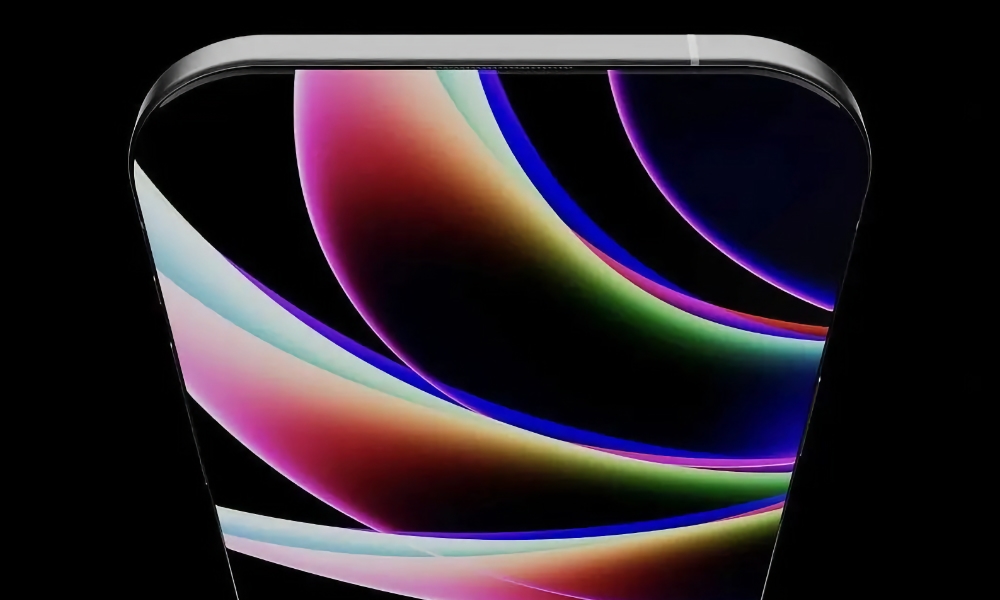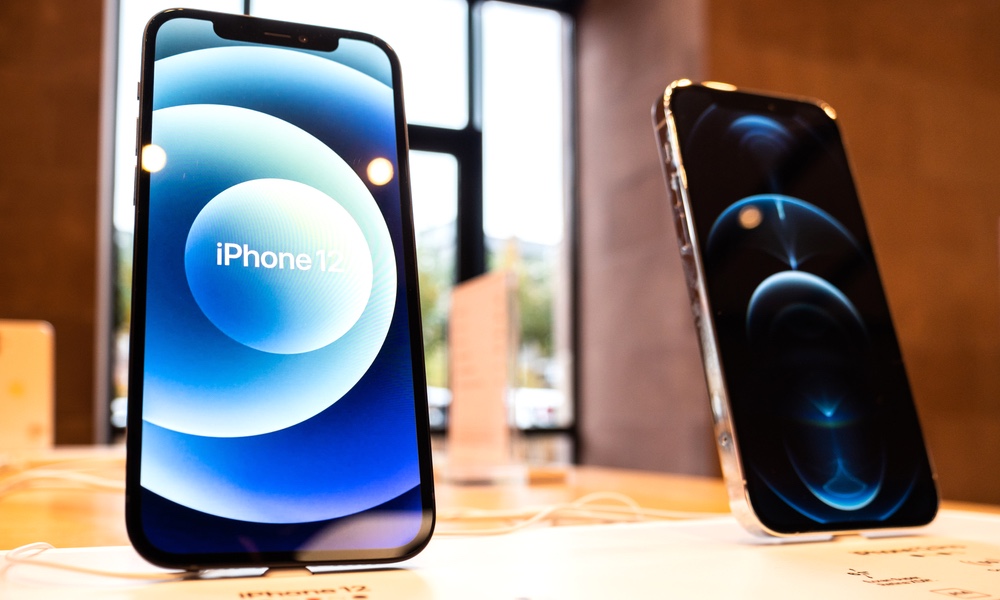Apple May Realign iPhone 17 Display Sizes this Year
 iPhone One Concept (Tech Lauv / Instagram)
iPhone One Concept (Tech Lauv / Instagram)
Toggle Dark Mode
Apple is expected to launch this year’s iPhone 17 lineup in less than three months. This means the design of the new models should now be effectively finalized, with manufacturers ramping up their production lines to produce tens of millions of new models in the coming weeks.
This also means that rumors and leaks about the specs of the new iPhones are far more likely to be accurate, especially when they come from sources with reliable insight into Apple’s supply chain. One such rumor that’s been making the rounds is that Apple’s base iPhone 17 could be getting a larger screen.
This prediction already came from a credible source in late May, when analyst Ross Young, whose entire beat focuses on the display industry, shared that the iPhone 17 panel would grow to 6.27 inches. Now, leaker Digital Chat Station is echoing this on Chinese social media in a Weibo post (via MacRumors).
Digital Chat Station has a history of leaking accurate information in the past, and in this case, its report aligns with another reliable source from the display industry. It also makes a lot of sense.
The introduction of the iPhone X and its immediate successors ushered in a three-year period of awkward screen sizes. The original 2017 Face ID model sported a 5.8-inch screen and a design that put it closer in size to the iPhone 8 than the iPhone 8 Plus. Apple followed that up in 2018 with the iPhone XS, joined by a plus-sized iPhone XS Max. However, that year it also introduced an awkward middle-sized model in the form of the 6.1-inch iPhone XR. The iPhone 11, iPhone 11 Pro, and iPhone 11 Pro Max followed this lead in 2019.
However, when Apple released its iPhone 12 lineup in 2020, it chose to increase the iPhone 12 Pro’s screen size to 6.1 inches, the same as the prior year’s iPhone 11. From that point on, the standard iPhone and iPhone Pro models maintained a consistent screen size until last year, when the iPhone 16 Pro added 0.2 inches over the 6.1-inch iPhone 16.
It’s not entirely clear why Apple chose to make that adjustment only to the Pro models last year, but it’s also not hard to imagine the company wanting to bring them back into sync. That’s particularly understandable if the rumors of a 120 Hz display on the iPhone 17 turn out to be accurate.
While the iPhone 12 Pro models came close to getting a 120 Hz ProMotion display, Apple was forced to delay those plans due to pandemic-related supply chain problems. As a result, the iPhone 12 Pro ended up with the same display as the iPhone 12, to the point where the displays were fully interchangeable. In other words, you could use the display from an iPhone 12 in an iPhone 12 Pro, and vice versa.
If Apple truly has higher-refresh displays in mind for this year’s iPhone 17 model, it would make sense to make it the same size as the iPhone 17 Pro to simplify its supply chain and have one less unique part to manufacture for each model.
Sadly, even if Apple uses the same OLED panels on both the iPhone 17 and iPhone 17 Pro, there’s no guarantee that the standard model will receive all the same display features. In 2020, repair experts discovered that Apple had artificially limited the brightness of its displays to 625 nits when they were installed in an iPhone 12. The same displays placed in an iPhone 12 Pro would reach 800 nits (and, on the flip side, an iPhone 12 Pro display would be limited to 625 nits when installed in an iPhone 12). Apple could similarly limit its displays in the iPhone 17, reserving features like lower brightness levels, lower refresh rates, and the always-on display for the iPhone 17 Pro models.
[The information provided in this article has NOT been confirmed by Apple and may be speculation. Provided details may not be factual. Take all rumors, tech or otherwise, with a grain of salt.]









